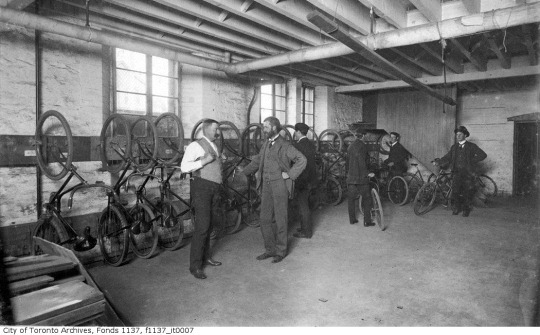RC8
Senior Member
Which is why we restrict them to the roads, built with them in mind, as noted by the lack of bike lanes. What's changed is not that the cars are leaving the roadspace and endangering pedestrians and cyclists, but that cyclists and pedestrians are increasingly entering the roadspace.
I don't mean to state the obvious, but roads in cities like Toronto were not originally built to accommodate cars, and paving them was originally intended to benefit bicycle riders first and foremost. Sidewalks were meant to be places where pedestrians could enjoy a clean and safe environment (whereas streets were constantly dirty due to horse manure, etc), but pedestrians were by no means excluded from streets.


Toronto was built as a city for people to walk or take transit, not to drive. The planners who transformed our streets into car-centric spaces never imagined that they would end up looking like they do today - they assumed (and hoped) our downtown would die and that densities would be kept low while new highways popped up everywhere.
There are cities, like Canberra (see below), which were successfully designed to be car-centric. They can afford to rely on cars for mass transportation. We cannot.

It would be smarter to completely separate the three groups. Dedicated roads for cars and buses, separated trails for cyclists, and dedicated paths for pedestrians (ie, cycle-free sidewalks). We just need to deal with the intersections of these three groups to eliminate or reduce risk.
Cyclists and car users will never get along if they must use the same space.
The problem right now is that in our streets cars are prioritised almost 100% of the time - even though they are significantly less efficient and carry significantly less people than other forms of transportation downtown.








